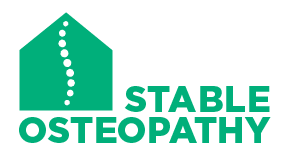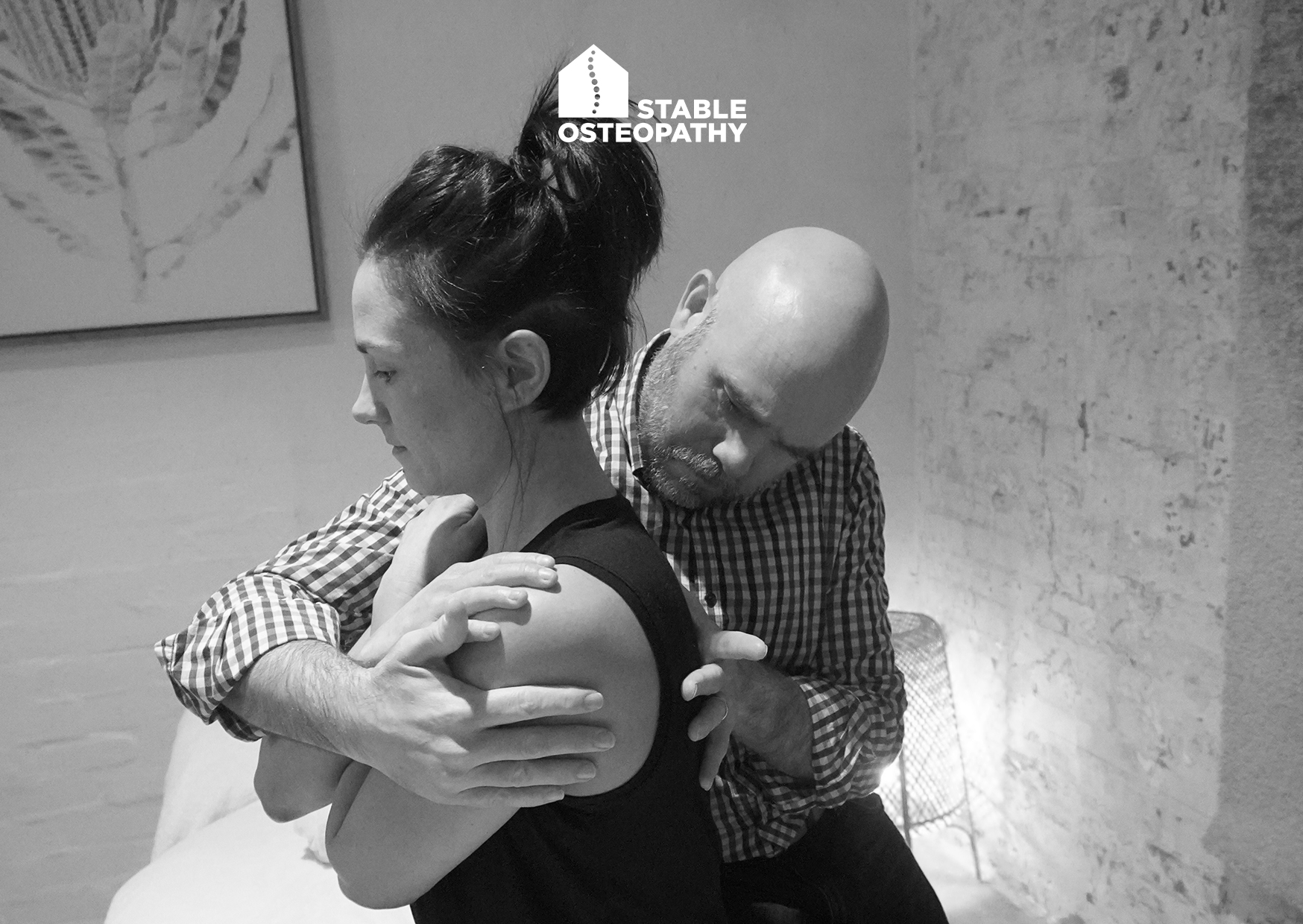Joint pain can be debilitating, affecting mobility and overall quality of life. Whether it’s your knee, elbow, ankle, shoulder, or neck, joint discomfort can stem from various causes, including arthritis, injuries, or overuse. While conventional medicine offers several treatments, many individuals are turning to osteopathy for a more holistic and non-invasive approach to pain relief.
What is Osteopathy?
Osteopathy is a type of complementary medicine that emphasizes the physical manipulation of the body’s muscle tissue and bones. Founded in the late 19th century by Dr. Andrew Taylor Still, osteopathy is based on the principle that the body has an innate ability to heal itself. Osteopaths use their hands to diagnose, treat, and prevent illness or injury. The core belief is that the body’s structure and function are interrelated, and by improving the structure, the function can be enhanced.
How Osteopathy Helps with Joint Pain
1. Improving Mobility and Flexibility
Osteopaths employ techniques such as joint articulation and high-velocity thrusts to improve the range of motion in the affected joints. For knee, elbow, ankle, shoulder, and neck pain, these techniques can help restore normal movement patterns, reduce stiffness, and enhance flexibility. Improved mobility can lead to better joint function and reduced pain.
2. Enhancing Blood Flow and Reducing Inflammation
Manual manipulation techniques used in osteopathy can enhance blood circulation to the affected areas. Increased blood flow delivers essential nutrients and oxygen, which are crucial for the healing process. Additionally, better circulation helps in reducing inflammation, which is often a major contributor to joint pain.
3. Correcting Misalignments and Improving Posture
Joint pain can sometimes be a result of misalignments in the body’s structure or poor posture. Osteopaths assess the body’s alignment and work to correct any imbalances. For instance, knee pain can be linked to issues in the hips or lower back, while elbow pain might be connected to shoulder or neck problems. By addressing these misalignments, osteopaths can alleviate undue stress on the joints, leading to pain relief.
4. Releasing Muscle Tension
Tight muscles around a joint can exacerbate pain and limit movement. Osteopathic treatment involves techniques to release muscle tension, such as soft tissue massage and stretching. This not only helps in reducing pain but also improves overall joint function.
5. Promoting Overall Well-being
Osteopathy takes a holistic approach, considering the whole body rather than just the symptomatic area. Osteopaths provide advice on posture, exercise, and lifestyle changes that can support long-term joint health. This holistic care can lead to improved overall well-being and a better quality of life.
Specific Joint Pain Conditions Treated by Osteopathy
Knee Pain
Knee pain can arise from conditions like osteoarthritis, ligament injuries, or patellar tendinitis. Osteopathic treatment focuses on improving knee joint function, reducing inflammation, and addressing any compensatory issues in the hips or ankles that may be contributing to knee pain.
Elbow Pain
Common conditions like tennis elbow (lateral epicondylitis) or golfer’s elbow (medial epicondylitis) can be effectively managed with osteopathy. By improving circulation, reducing muscle tension, and correcting any biomechanical issues, osteopaths help alleviate elbow pain and promote healing.
Ankle Pain
Ankle pain often results from sprains, strains, or chronic conditions like Achilles tendinitis. Osteopaths work on enhancing the mobility of the ankle joint, reducing swelling, and improving the alignment of the foot and ankle to prevent future injuries.
Shoulder Pain
Shoulder pain can be due to rotator cuff injuries, frozen shoulder, or bursitis. Osteopaths use techniques to improve the range of motion, reduce inflammation, and release muscle tension in the shoulder area. By addressing any compensatory issues in the neck or upper back, they can help restore shoulder function and reduce pain.
Neck Pain
Neck pain can result from poor posture, whiplash, or cervical spondylosis. Osteopathic treatment focuses on improving the alignment and mobility of the cervical spine, reducing muscle tension, and enhancing blood flow to the area. This approach can alleviate pain and improve neck function.
Osteopathy offers a comprehensive and non-invasive approach to managing joint pain. By focusing on the body’s structure and function, osteopaths can effectively treat pain in the knees, elbows, ankles, shoulders, and neck, among other joints. If you’re experiencing joint pain and seeking an alternative to conventional treatments, osteopathy might be a beneficial option to explore. Always consult with a qualified osteopath to determine the best treatment plan for your specific needs.


